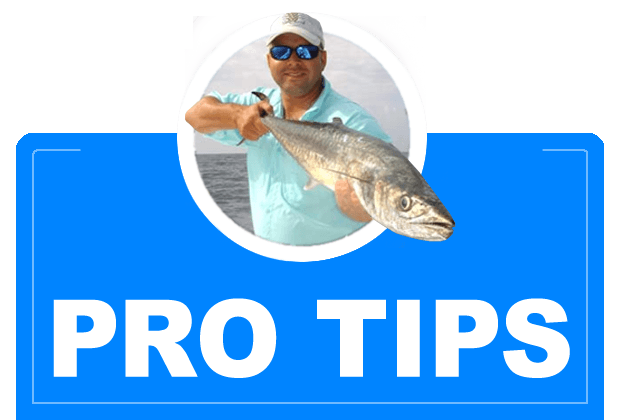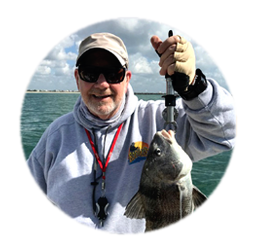Flounder from an Artificial Perspective
Since we cannot keep flounder of any size according to the Division of Marine Fisheries (DMF), at least for now, I suppose we are allowed to catch and release flounder. From a mortality perspective I would expect using artificials would be less compromising to the fish since they are more likely to be lip hooked. There are several versions of artificials that will catch flounder, but most of them include a lead jig and a plastic shrimp. Let’s discuss the various “looks” and where to use them for the best results.
One of my favorite baits for flounder is a quarter ounce Z-man jig head connected to a Z-Man three inch shrimp. I typically use a medium light spinning rod paired with a Shimano 2500 Stradic and fourteen pound Fireline Crystal braid and a two to four foot piece of twenty pound fluorocarbon leader. You can go lighter on the jig head, but I would not go heavier. Of course there are many other baits that are very good. Vudu shrimp, D.O.A. shrimp, and Live Target shrimp to name a few. I always have these in my tackle box in various colors and sizes. Regarding the jig head it is always Z-Man. Depending on where you are fishing my technique is to cast or drop the shrimp bait and then work it slowly with little or short twitches, keeping it as close to the bottom as possible.
Now let’s talk about locations that generally are the most productive for catching flounder. One of my favorite places are marinas. Big or small marinas frequently hold a variety of baits from small spots and pinfish to finger mullet and peanut pogies. All attract flounder. Cast your jig head with a plastic shrimp to the back of an empty slip and work it slowly to just outside the slip. Two or three casts and no bites means move to the next empty slip and so on. Many of my past customers know this works!
Another good spot is the ICW where there are sharp drop offs along the channel edge. Anchoring up along the shallower edge and cast just beyond the drop off and very slowly work your jig up the incline. You can also work right along the bottom of the ledge with a trolling motor to cover more ground. If you hook a flounder, stay in that spot for a bit. Flounder tend to congregate. At dead low tide, flounder that hang near docks will sit in the sloughs at the very end of a dock waiting for passing baits. This is a good place to work your shrimp on a jig. All of the above locations are promising for flounder, but do not be very surprised if you hook into a red drum every now and then.
It is important that we acknowledge that flounder season is closed for much of the year and we cannot keep them out of season. The purpose is to allow the over fished flounder to rebound back into abundance. If everybody plays by the same rules the fish and the fishermen will both benefit.
Thank you for reading and I hope you picked up some useable tips. If you have any questions, please contact me, see below. Also, I’ll be glad to go fishing on your boat and show you more; it’s like a seminar on the water.
Good Fishing!
About the Author: Captain Rick Bennett started building custom fishing rods in 1984 and became a licensed charter boat captain in 1996. Adding custom rod building to running charters he became Rod-Man Fishing. Captain Rick Bennett has also been doing fishing seminars for almost 25 years. Known as the Rod-Man, today he’s a guide for folks on their boat showing fishermen the where, how and what for catching fish. Captain Rick Bennett continue’s to build custom fishing rods. You can visit his website here or call Captain Rick Bennett at (910) 520-7661
A lifetime fisherman, Capt. Rick Bennett, better known as the Rod-Man,has retired from the day to day activities as a charter boat captain but does offer “ON YOUR BOAT” Guided Fishing Trips. Capt. Rick will show you the when, the where and the how. From rod and reel selection to terminal tackle to bait, Capt. Rick has the know how.
- Choosing the right fishing line
- Better Casting Can Mean More Caught Fish
- Saltwater Fishing late May and into June
- Local Carolina Beach fishing in the month of April
- How to Build Your Own Custom Fishing Rods (Part 5)
- How to Build Your Own Custom Fishing Rods (Part 4)
- How to Build Your Own Custom Fishing Rods (Part 3)
- How to Build Your Own Custom Fishing Rods (Part 2)
- How to Build Your Own Custom Fishing Rods (Part 1)
- Surf Fishing Carolina Beach, North Carolina (Part 2)
- Surf Fishing Southeastern North Carolina (Part 1)
- Exciting shark fishing for everyone.
- Fishing for Mahi-Mahi
- “Specialty” Gear for Inshore Fishing
- Fishing for Spanish Mackerel
- Cobia fishing trips and tips, hard fighting, good eating
- Fishing tips on how and where to catch Black Drum
- How to catch Speckled Trout fishing tips and tricks
- How to catch Flounder, flounder fishing tips and tricks
- How to catch redfish, red drum fishing tips and tricks
- Reds and trout and some flounder are biting on artificials
- Atlantic bonito have been caught at the near shore AR’s. Bluefish have been plentiful.
- The wahoo bite is good and some blackfin tuna and sailfish are in the mix.
- Kings are still way out, but the Gulfstream is producing wahoo and blackfin tune.



 About the Author: Captain Rick Bennett started building custom fishing rods in 1984 and became a licensed charter boat captain in 1996. Adding custom rod building to running charters he became Rod-Man Fishing. Captain Rick Bennett has also been doing fishing seminars for almost 25 years. Known as the Rod-Man, today he’s a guide for folks on their boat showing fishermen the where, how and what for catching fish. Captain Rick Bennett continue’s to build custom fishing rods. You can
About the Author: Captain Rick Bennett started building custom fishing rods in 1984 and became a licensed charter boat captain in 1996. Adding custom rod building to running charters he became Rod-Man Fishing. Captain Rick Bennett has also been doing fishing seminars for almost 25 years. Known as the Rod-Man, today he’s a guide for folks on their boat showing fishermen the where, how and what for catching fish. Captain Rick Bennett continue’s to build custom fishing rods. You can